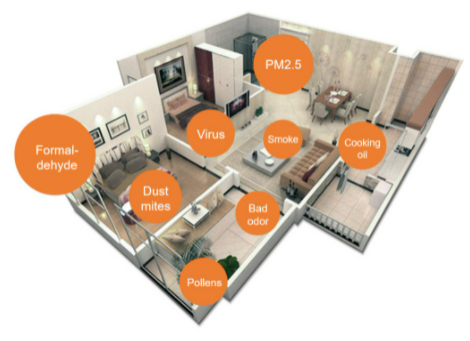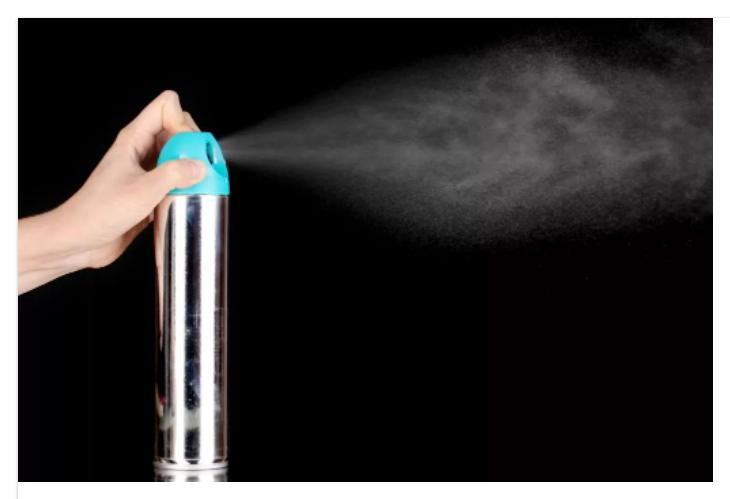Indoor air pollution can be really detrimental to the health sometimes even more dangerous than outdoor air pollution. Contaminants such as gases and particles can pollute the air of the indoor environment and could lead to respiratory disease, or even cancer in some cases. It is important we recognize these pollutants and do all we can to avoid them in our immediate environment.Cancer: This could arise if asbestos is in your home. Asbestos could be found in various materials used in the construction of homes such as coatings, ceiling, building materials; floor tiles and paints although newer products today do not contain asbestos. However, if found in your home, asbestos could lead to asbestosis, lung cancer, mesothelioma and other related cancers.Infectious Diseases: Contaminants such as bacteria, dust mites or animal dander in the home could lead to serious health effects such as throat irritation, flu, asthma and other infectious diseases.Irritation of delicate body parts: Formaldehyde is another source of indoor pollution which could lead to irritation of the eyes, throat, nose, as well as allergy and in some cases, it could lead to cancer. In fact, its production has been banned in the United States since 1970 but can still be found in wood floors, paints, and sealants so they could still find their way to your home.Respiratory Diseases: Tobacco smoke that can come as a result of indoor and outdoor activities could be a source of indoor air pollution. Individuals who inhale tobacco smoke could suffer from pneumonia, bronchitis, irritation of the respiratory tract, lung cancer, heart-related diseases and emphysema. Young children inhale much more air than adults in relation to their body weight. For this reason, they are more likely to inhale contaminants in polluted areas. Older ones, on the other hand, have weaker heart, lungs and defense systems and so more oxygen is definitely needed to provide needed support to their aging cells.
Heart Diseases: Indoor air pollution could lead to diseases of the heart. This is especially true for those who might have suffered a heart attack before the pollution of the indoor environment. Individuals could suffer from heart failure – where the heart is too weak to carry blood around the body. Those affected could also experience angina – chest pain that arises when enough oxygen rich blood does not get to your heart. Heart rhythmicity could also be at risk with problems like arrhythmia – too fast or too slow heartbeat, arising. Diabetic patients could also be at risk here as they are likely to have unpleasant heart conditions due to indoor pollution..Everyone deserves a good life, therefore ensuring you breathe in only clean fresh air almost 100 percent of the time is the best way to avoid health risks associated with air pollution.




 Shopping Cart
Shopping Cart




